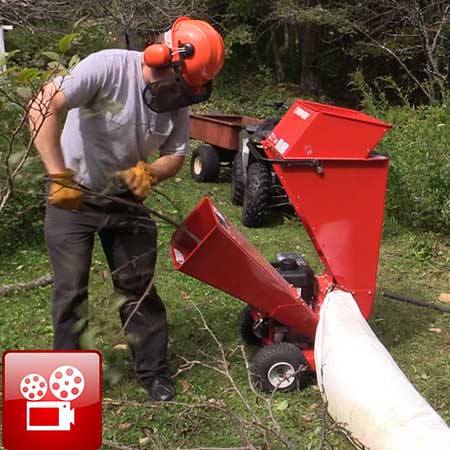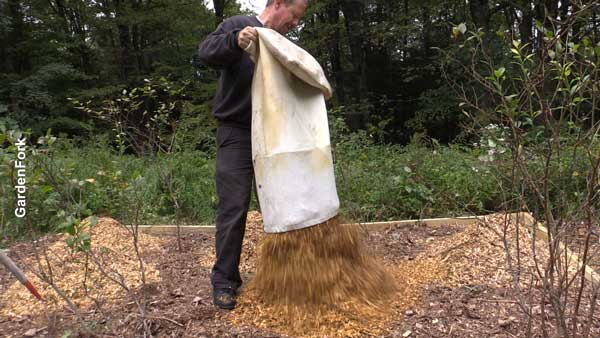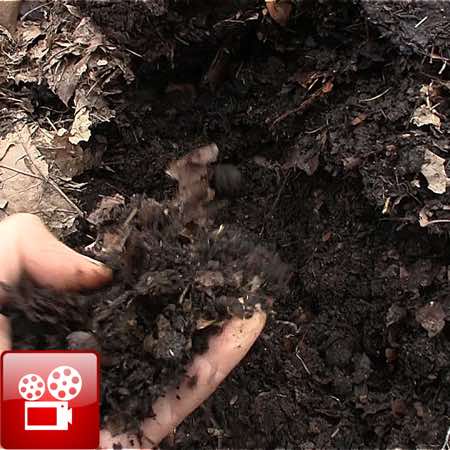Garden Problems never end in the vegetable garden. So I made two videos with Erin from The Impatient Gardener about how to deal with Deer in the garden, and much more. Like bears…
These videos are sponsored by Troy-Bilt, a long time supporter of me. Erin and I are working with them for #FenceTalks, solving people’s garden issues.
Deer, Weeds, and Moss In Your Yard and what to do:
Beer, Weeds, Caterpillars in Your Yard
What do to about Deer in your garden?
Oh, if there were only a true fix for this plague of many gardens, including mine. All we can aim to do is discourage deer from hanging out in our yards. Erin from her blog post
As Erin says in the video, plant deer resistant plants and use deer repellant sprays on your fav plants. The sprays only smell for a short while. If you want to go big, you can put in a high fence, or two shorter fences right next to each other.
Moss growing in your grass and yard? I have watched over the years moss take over part of my yard. Its kinda nice and soft, but it tears up easily. The best way to get grass back there is to aerate the soil and cut back shady branches. Moss likes shade, grass does not.
Invasive weeds? We are getting creeped on by Garlic Mustard. I have seen it slowly take over the town. About the only way to deal with it is to remove it. Thankfully, it pull out easily.
There are tougher invasives coming in to our area. Japanese Honeysuckle is a vine that takes over. One of the few ways to deal with it is glycophosphates like RoundUp.
Bears in my compost. Yes, the bears have torn open my pallet compost bin. Not fun. Then my Labradors have gone in and start eating the half composted food scraps. Even more fun.
Erin tells me that I need to avoid putting any meat or fats in the bin. I pretty much to that, but I’m wondering if the eggshells attract the bears? Another tip Erin gave me was to cover the new food waste with leaves.
I’m always learning here.
Holes in you Kale? Every year the precious kale gets its leaves eaten. Erin tell us its the cabbage looper doing the damage. Easy enough to deal with, cover the plants with row fabric to keep the cabbage moth from laying eggs. Done.
What are your garden problems? Let me know, thx! Eric.









































































 For my beds, I run a hose across the bottom end of the bed for a trellis. I usually plant snow peas or beans on a trellis at both ends, and the lateral soaker hoses don’t do a great job of getting to all the seeds I plant along that edge.
For my beds, I run a hose across the bottom end of the bed for a trellis. I usually plant snow peas or beans on a trellis at both ends, and the lateral soaker hoses don’t do a great job of getting to all the seeds I plant along that edge.


















